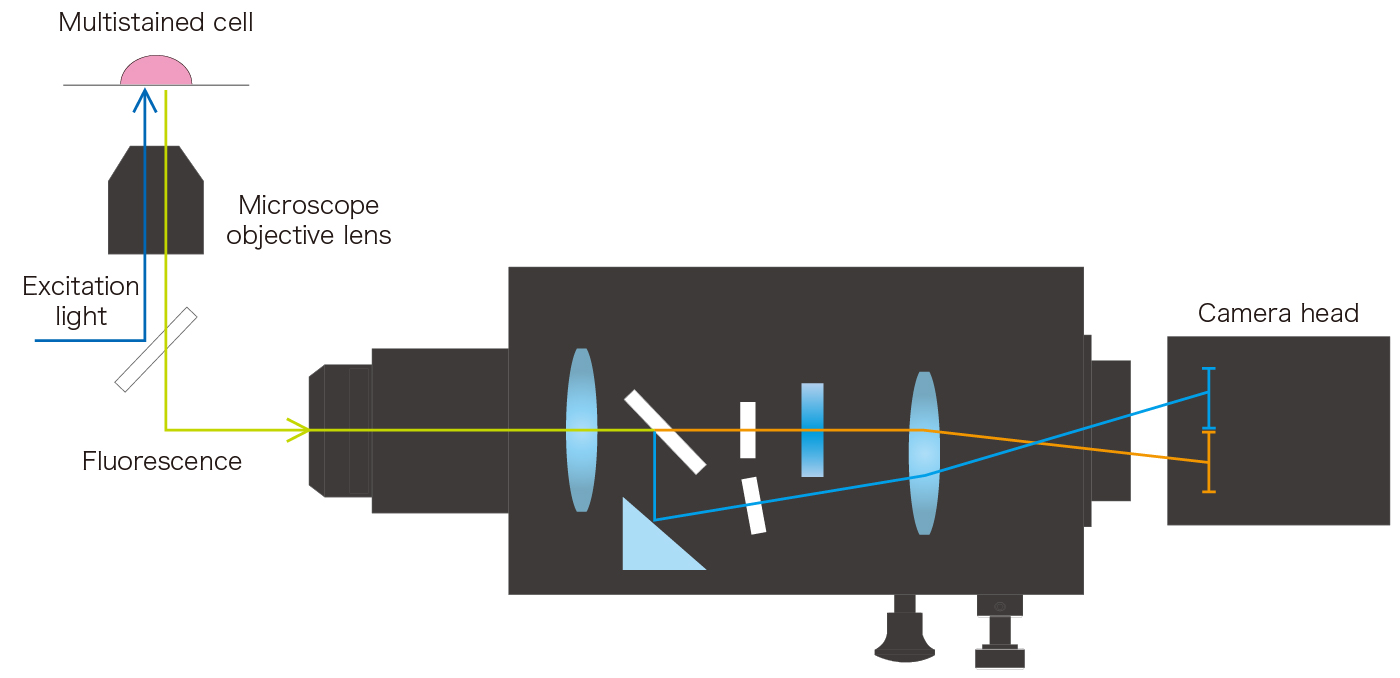Test slide made by Optical Insights Spectral Imaging Solutions
Posted: Sun Jan 15, 2023 5:04 am
I came across this interesting slide whose manufacturer's logo is a zebra:

It has a smooth bronze-coloured reflective surface and a pattern of see-through square grids and circles.
I put it under my Olympus BHSP. The following images are white-balance-corrected for the illumination source.

The 4x objective view has very slight barrel distortion, but it may or may not be from the objective. It could be from the other optical components in the light path or it could be because I did some "illegal" modifications to my system.
Sorry for the absence of a scale bar in the following images.

With the 50x MSPlan objective, there is some slanting somewhere so one side of the picture is out of focus in the opposite direction from the other side of the picture, as revealed by the green and purple CA fringes on opposite sides of the picture. Maybe the stage is not perfectly perpendicular to the light path or maybe one of the optical components is tilted? I am also wondering if the lines of different thickness could have some kind of quantification purpose.


The different-sized circles and ring in transmitted and reflected light. It looks as if the slide is designed for both diascopic and episcopic use. I am wondering if this slide could be for testing CA/bokeh/diffraction characteristics of the objective, as defocusing these rings and the grid lines will allow you to see the diffraction patterns and the bokeh/CA.
Does anyone have a better idea what this slide is used for?

It has a smooth bronze-coloured reflective surface and a pattern of see-through square grids and circles.
I put it under my Olympus BHSP. The following images are white-balance-corrected for the illumination source.

The 4x objective view has very slight barrel distortion, but it may or may not be from the objective. It could be from the other optical components in the light path or it could be because I did some "illegal" modifications to my system.
Sorry for the absence of a scale bar in the following images.

With the 50x MSPlan objective, there is some slanting somewhere so one side of the picture is out of focus in the opposite direction from the other side of the picture, as revealed by the green and purple CA fringes on opposite sides of the picture. Maybe the stage is not perfectly perpendicular to the light path or maybe one of the optical components is tilted? I am also wondering if the lines of different thickness could have some kind of quantification purpose.


The different-sized circles and ring in transmitted and reflected light. It looks as if the slide is designed for both diascopic and episcopic use. I am wondering if this slide could be for testing CA/bokeh/diffraction characteristics of the objective, as defocusing these rings and the grid lines will allow you to see the diffraction patterns and the bokeh/CA.
Does anyone have a better idea what this slide is used for?
